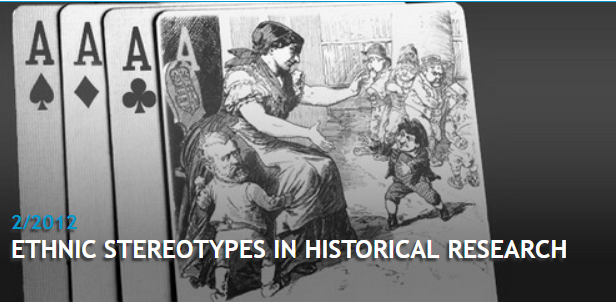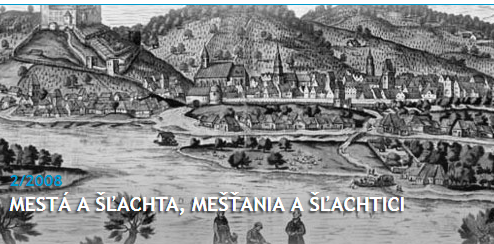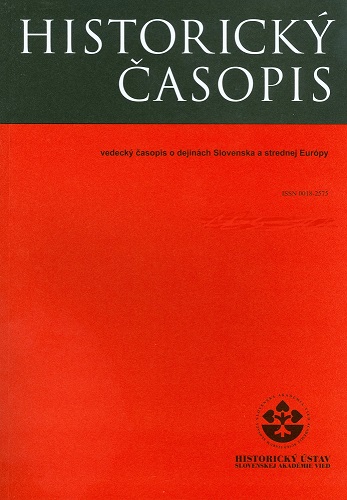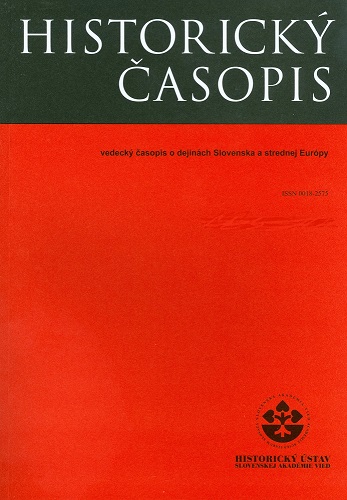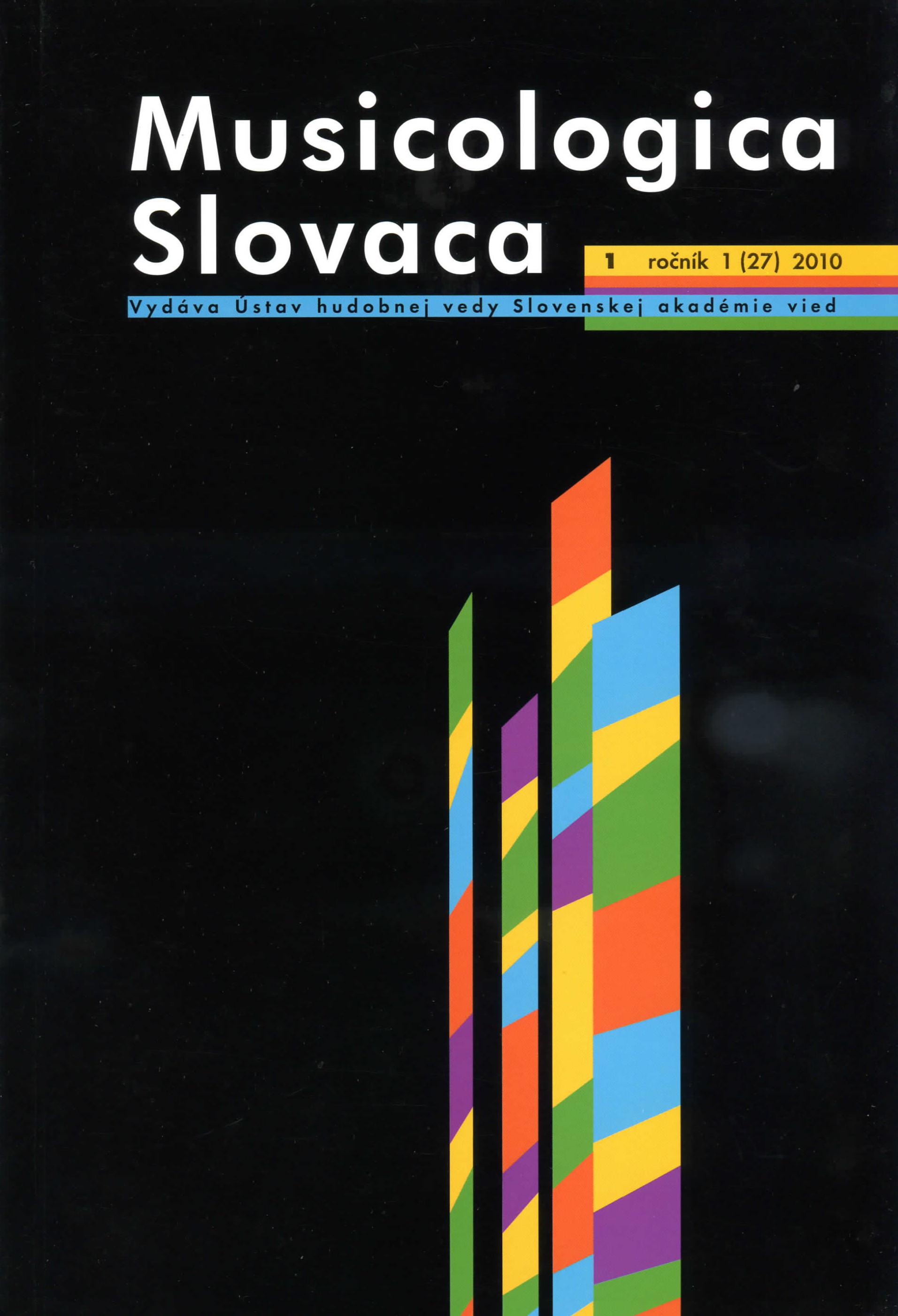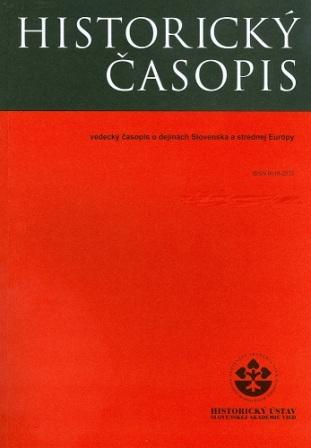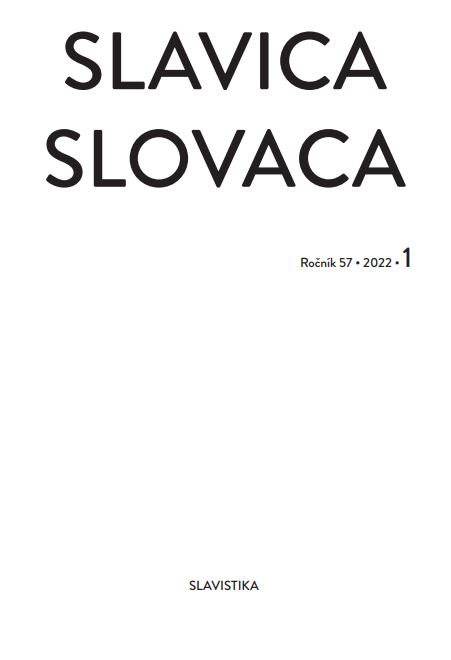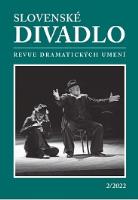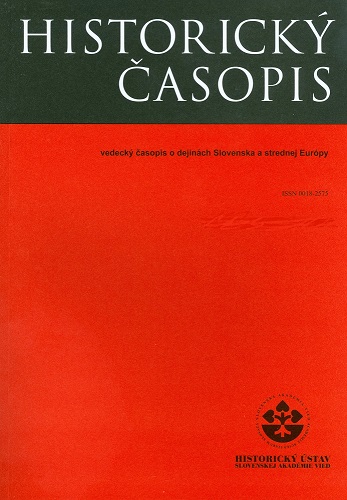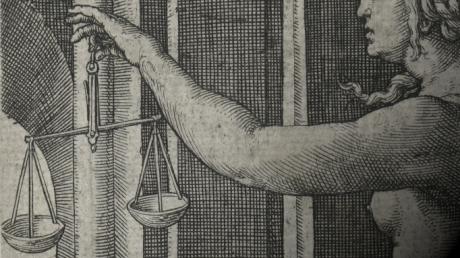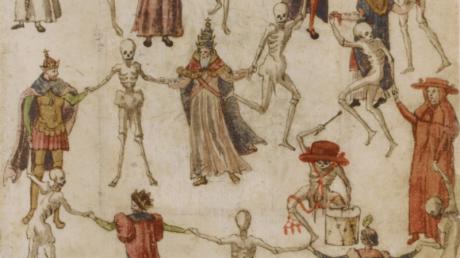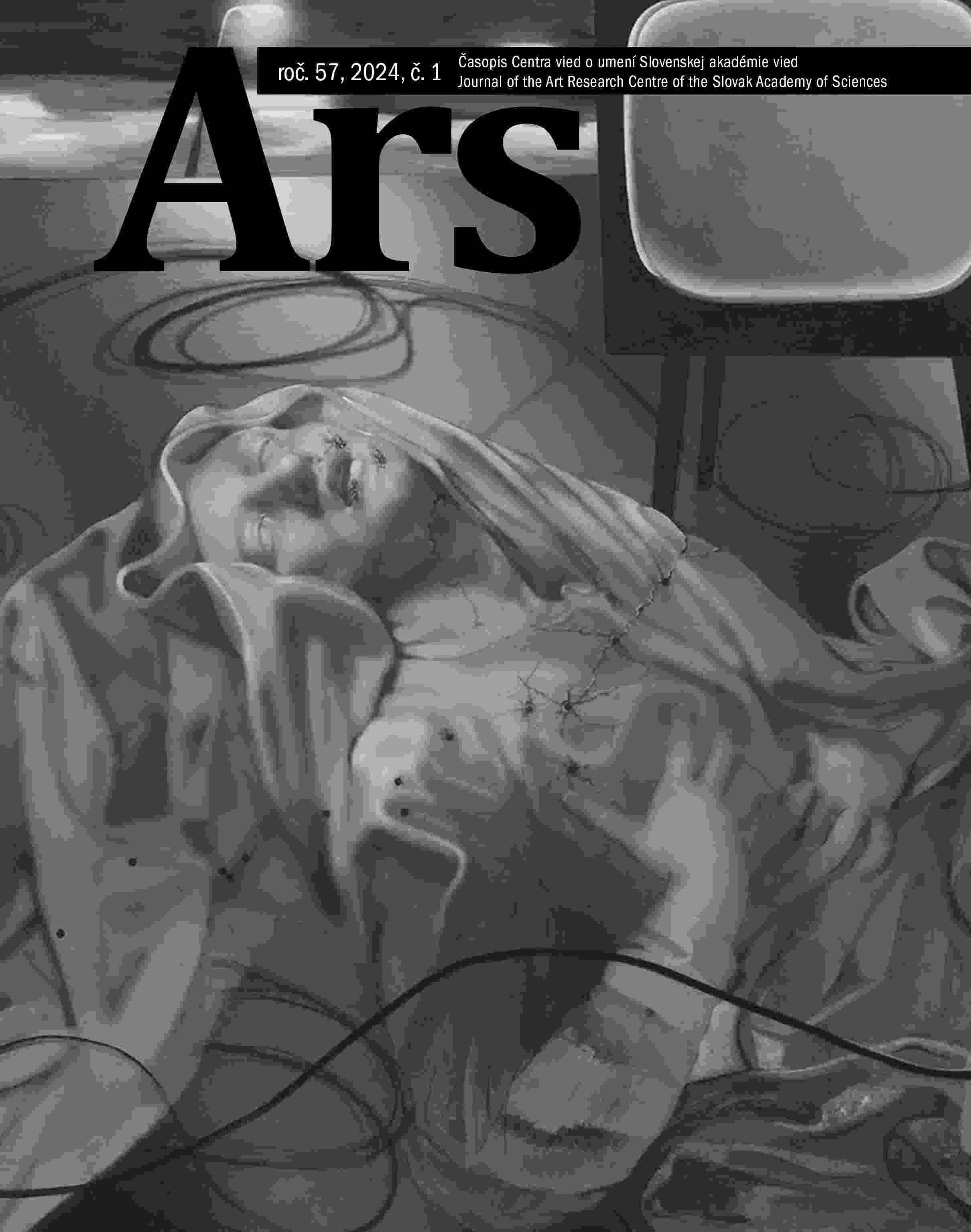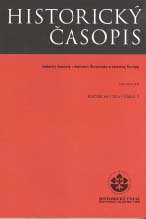
:Inštitút manželstva v novoveku na pozadí sporu o rozluku Jána Dubničku versus Alžbety Magyaryovej
Marriage was considered an institution subject to Church law from the beginning of Christianity in ancient Rome. As a result, marital disputes concerning the origin, existence and dissolution of marriages between Catholics or between Catholics and members of other churches belonged exclusively to the jurisdiction of the courts of the Catholic Church and were decided according to canon law. The author introduces the study with a general consideration of Catholic legal or canonist teaching, binding not only in the Kingdom of Hungary, but in the whole Catholic Church according to the norms valid after the Council of Trent. The account is based mainly on commentaries and glosses by modern civil law experts from Hungary. However, the general theoretical consideration forms only the essential and considerably reduced theoretical basis for the second part of the study, which is conceived as one of the first legal history soundings into the history of the institution of marriage in Slovakia using the example of an ecclesiastical court case on the temporary separation or annulment of the marriage of the Dubničkas, who lived in the Free Royal Borough of Trnava in the first half of the 19th century. The dispute caused a prolonged conflict, which grew beyond the private family sphere and became a publicly known social scandal and lifelong trauma especially for the husband Ján Dubnička, explicitly presented in his will, which reveals the intimate, psychic level of the whole micro-historic dispute.
More...
